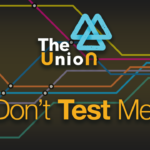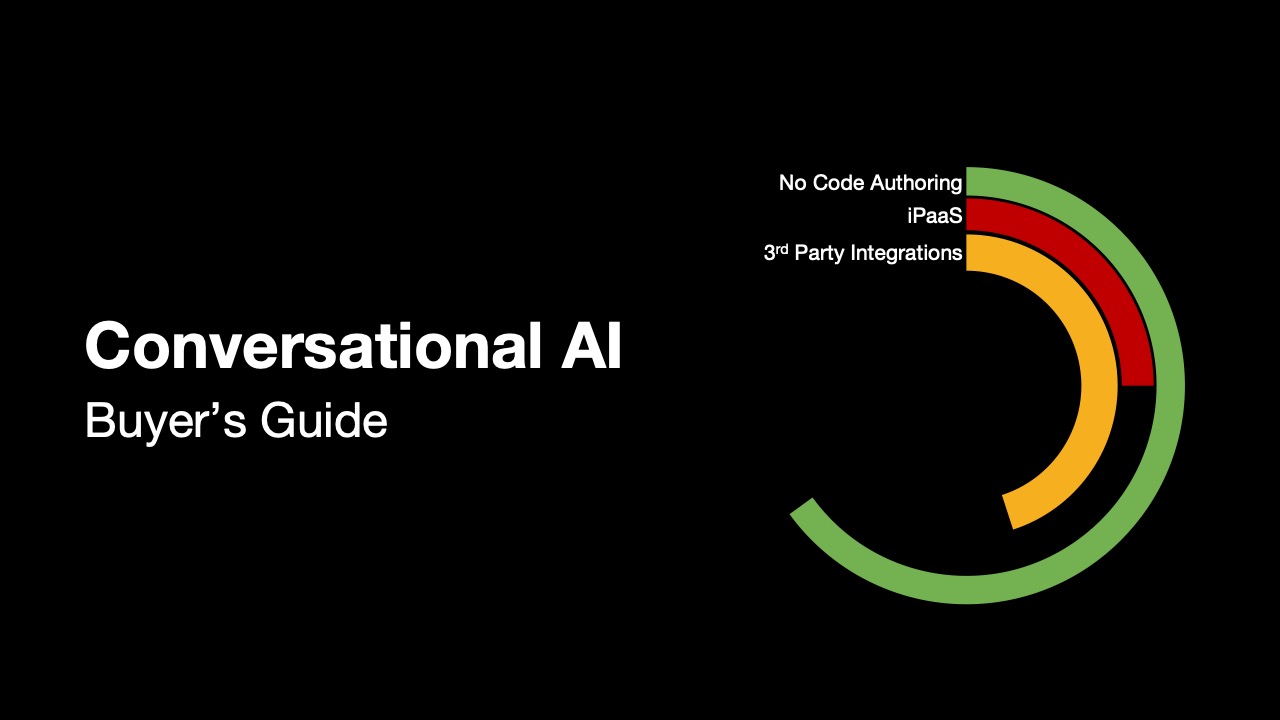Complexity is the enemy of productivity
Your IT group is increasing complexity, not reducing it. But, it’s not their fault.
Companies contain a myriad of departments and divisions, all with their own specialized teams of workers. Processes are designed to be as efficient as possible, often at the expense of flexibility. And information is collected and analyzed to a level of detail that would have been unimaginable just a few years ago. Amid all this complexity, it’s easy to lose sight of the fact that businesses exist to produce something – whether it’s a product, a service, or simply a profit. In the quest for efficiency and productivity, companies sometimes forget that the goal is to produce results, not just to follow a set of rules. When businesses ask IT to build new apps, it increases complexity and often hard codes rules into the process. Then, tomorrow, you may find yourself bogged down by your own bureaucracy and struggling to achieve your true potential.
App explosion contributes to complexity
Building more apps to support new business needs creates more complexity, not less. Apps, SaaS, low-code apps, and automation have created a more complex landscape than ever before. And while some argue that this complexity is a necessary evil, it introduces more risk and can lead to problems down the road. One of the biggest problems with so many apps is that it makes things more difficult to change. If you want to add a new feature or make a change to a business process running across an app, you have to wade through a lot of code and figure out how everything fits together. Many times, the processes are hard-coded to the app making you choose between innovation and stagnation. If you add an app to avoid the inherent complexity, you add more complexity for tomorrow. If you modify an app or automation to avoid waiting on IT to build another app, it still takes a long time to edit and test your new processes. You have left yourself with two poor choices and both of them from having too many apps for too few developers.
More apps create more work
Enterprises are already struggling to keep up with the sheer volume of apps they have. Therefore, it’s hard to imagine why anyone would want to add more to the mix. CIOs are already stretched thin, and their IT teams are spread even thinner. Can you imagine a CIO stating,
“My company has 65 apps on the average knowledge worker’s desktop. I’d like to get to 75 apps by the end of the year.”
No.
More apps simply mean more work, and there’s no way that enterprises can keep up with the demand.
But low-code platforms are changing the game. With low code, enterprises can quickly and easily build the apps they need, without having to invest in dedicated developers. This means that IT teams can focus on more important tasks, and CIOs can reallocate resources.
Wrong.
Low-code platforms build more apps and more apps create more complexity. Plus, low-code platforms aren’t really that simple. To build an app, one must know JavaScript, SQL, API, and SDLC skills. The same skills as a software developer.
Enterprises force complexity on their people
It’s been said that the people are the hardest part of any change management initiative. And it’s true – people are naturally resistant to change, and trying to get them on board with a new process or way of doing things can be a daunting task. It’s in our DNA. Change introduces risk and we want to limit risk to avoid failure.
But what if we looked at things from a different perspective?
What if, instead of trying to force people to change to accommodate a new IT process, we change the way we deliver IT capabilities? Instead of asking people to learn a new system for the sake of data entry or remember a set of tribal knowledge process steps across complicated infrastructure, we guide them and ask them to interact only when necessary. In other words, we could make change easier – not harder. Don’t ask people to change. Change your IT delivery mentality to put people first.
There is a better way to build enterprise IT that puts people first
IT’s role has never been more important. Unfortunately, enterprise IT development and delivery models are often complex, inflexible, and slow to respond to change because of all of the legacy dependencies. As a result, they often hinder versus accelerate innovation. Thankfully, there is a better way to innovate and transform your businesses and that puts people first.
Use software to orchestrate processes instead of relying on people
Follow a business process across your organization and you’ll find that it is part software and part tribal knowledge. There are certain steps that a person knows or understands because they are exposed to them from practice or because they are a critical integration point. This shouldn’t be the case. You need to stitch this work together with software like an automation fabric. An automation fabric automates automation instead of relying on people to do it.
Make things easier to change
Change is inevitable and we must embrace it. However, it shouldn’t be as hard as it is. You should make things easier to change so that your business can adapt and evolve as your environment changes. To more quickly change you need to reduce the skills required to do so and decouple business needs from IT constraints. This means you need to find a way to help your people optimize the business without depending on constrained IT resources.
Reduce the burden on your people
Your people are your most important asset. Unfortunately, they are also the ones who are asked to do the most with the least. They are asked to remember a lot of information, to juggle multiple tasks, and use a variety of tools and technologies. This is simply too much. We need to find ways to reduce the burden on our people so that they can focus on what’s important – the business.
Move more work to software and artificial intelligence
As you move more business processes to an adaptive platform and away from brittle customizations and tribal knowledge you accomplish two important goals. First, moving more work to software removes people constraints and enables you to capture tribal knowledge and data. Secondly, this data can learn how your processes operate and help your people optimize business outcomes using artificial intelligence. This way, people can focus on what they do best – interacting with other people and making decisions.
You can add complexity or remove it
To innovate and make change easier, IT should focus on delivery models that put people first. This means using software to orchestrate processes instead of relying on people to do it and making things easier to change so that businesses can adapt and evolve. IT should reduce the burden on people by moving more work to software and artificial intelligence.
So ask yourself: Are you adding or removing complexity?
“Complexity is the enemy of productivity” was originally published on VentureBeat.
 Where is Conversational AI Going?
Prev post
Where is Conversational AI Going?
Prev post 





